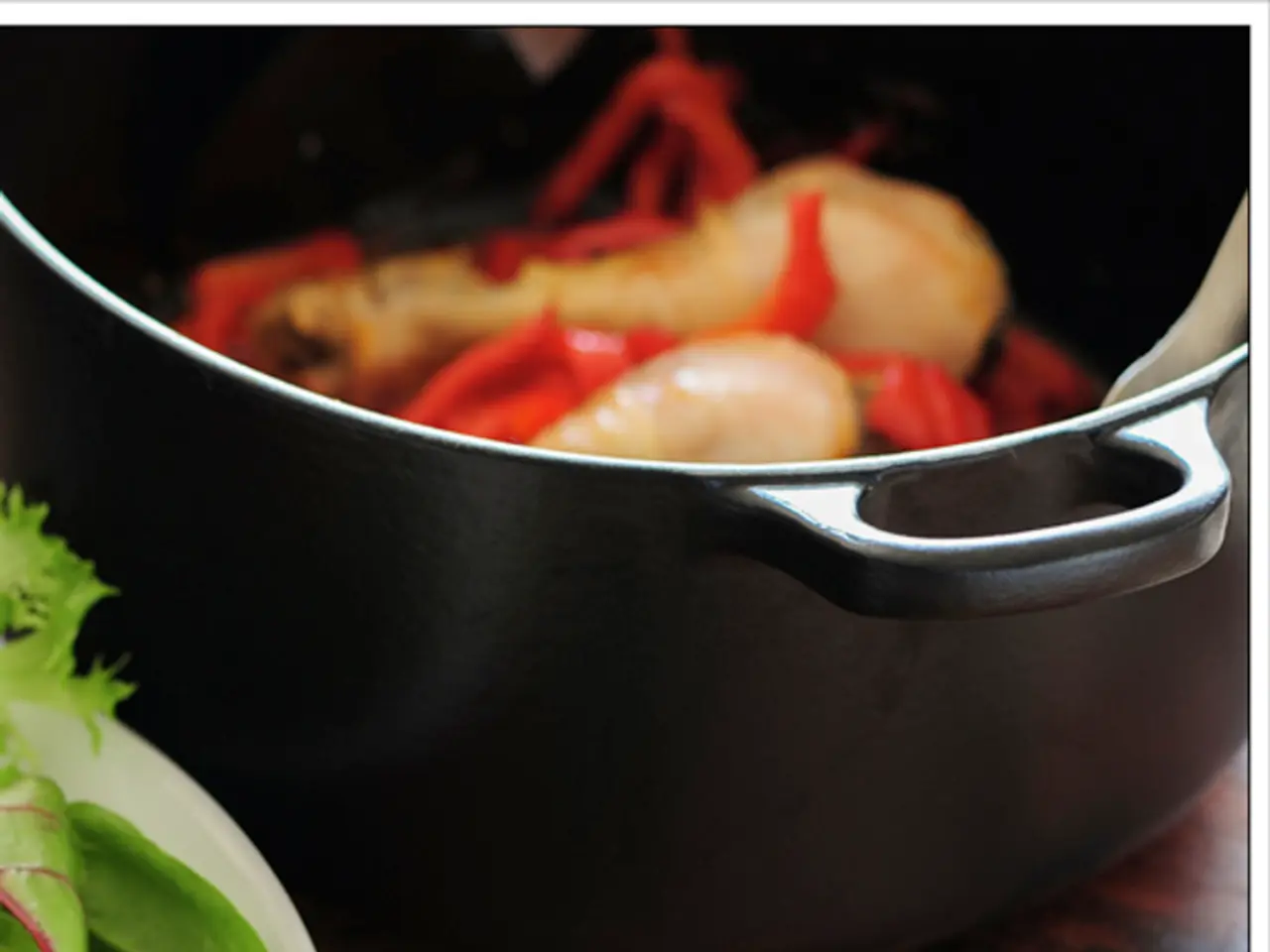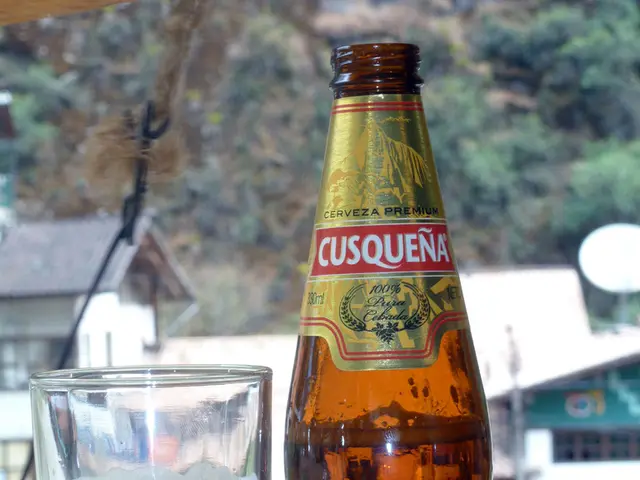Exploring the Timeline of Vegetable Evolution Throughout the Ages
In the modern era, there's a growing appreciation for the forgotten flavors and sustainable practices of the past. This is particularly evident in the United Kingdom, where the culinary landscape has been shaped by a dynamic interplay of native species, Roman introductions, medieval foraging traditions, new world imports, and modern revivals.
Tracing back to pre-Roman times, native plants consumed in the UK included leafy greens and herbs like nettle, wild garlic/ramsons, sorrel, watercress, chickweed, and fat hen. Coastal plants such as sea beet, rock samphire, and marsh samphire were also common. Nuts and seeds, like hazelnuts, beech nuts, and acorns, were staples of the diet.
The Romans expanded British diets with a variety of vegetables, herbs, fruits, and techniques. Cabbage, leeks, onions, turnips, asparagus, garlic, basil, thyme, Alexanders, and walnuts were introduced, along with fruits like grapes and cultivated apples. Techniques such as composting and forced cultivation were also adopted.
In the medieval period (400-1485 CE), new luxuries like sugar were introduced, and forgotten dishes like Dock Pudding (made from bistort, nettles, and oatmeal) and Carrageen Pudding (a seaweed-based dessert) became popular. Monastic cultivation during this era led to the growth of apples, pears, and herbs like meadowsweet in abbey gardens.
The Tudor/Stuart era (1485-1714) saw the introduction of new world imports such as potatoes, tomatoes, maize, chocolate, coffee/tea, and refined cultivated carrots and peas. The origins of cultivated carrots and peas are debated, but they were possibly native or Roman, and refined during this era.
The vegetable broccoli was introduced to the UK in the 18th century, and by the mid-18th century, tomatoes had also become widely eaten. In the 20th-21st century, there was a resurgence of foraging for native species and "orphan crops" like fat hen. Wild foods that have been foraged in recent times include black mustard (Brassica nigra) and three-cornered leek (Allium triquetrum).
Chocolate bars were first produced in the UK in 1847, and fruits and berries consumed in the UK, from pre-Roman to present, include blackberries, wild strawberries, sloes, elderberries, bilberries, rowan berries, crabapples, and wild plums.
The dietary landscape of the UK continues to evolve, with ongoing efforts to rediscover ancient and heritage varieties, embrace sustainable agriculture, and explore new culinary horizons. The journey of edible plants in the UK is far from over, with a focus on new food discoveries in East Devon.
For those interested in learning more about gardening and British cuisine, the author Stefan Drewe has a Substack newsletter (StefanDrewe.substack.com) and various gardening-related Facebook groups, including "How to Dig For Victory", "UK Garden Flowers, Trees, Shrubs & More", and "Allotment Life For Beginners".
In conclusion, the rich history of British cuisine is a fascinating tapestry, woven from the threads of native species, Roman introductions, medieval foraging traditions, new world imports, and modern revivals. By understanding and appreciating this history, we can better understand the food we eat today and the potential for sustainable, delicious, and diverse culinary choices in the future.
Read also:
- Peptide YY (PYY): Exploring its Role in Appetite Suppression, Intestinal Health, and Cognitive Links
- Toddler Health: Rotavirus Signs, Origins, and Potential Complications
- Digestive issues and heart discomfort: Root causes and associated health conditions
- House Infernos: Deadly Hazards Surpassing the Flames








